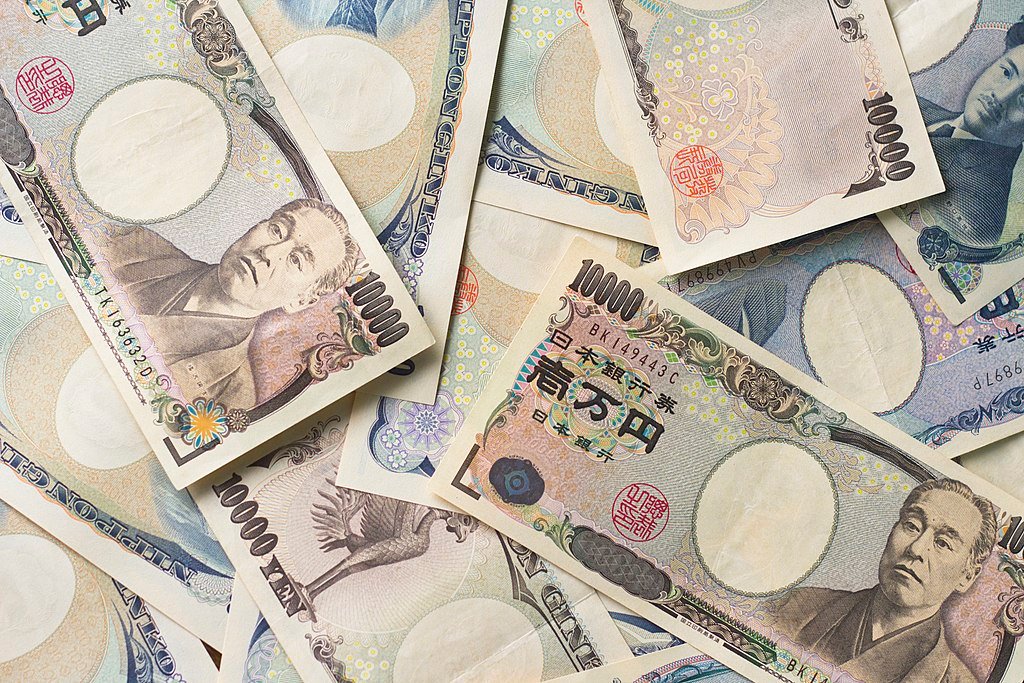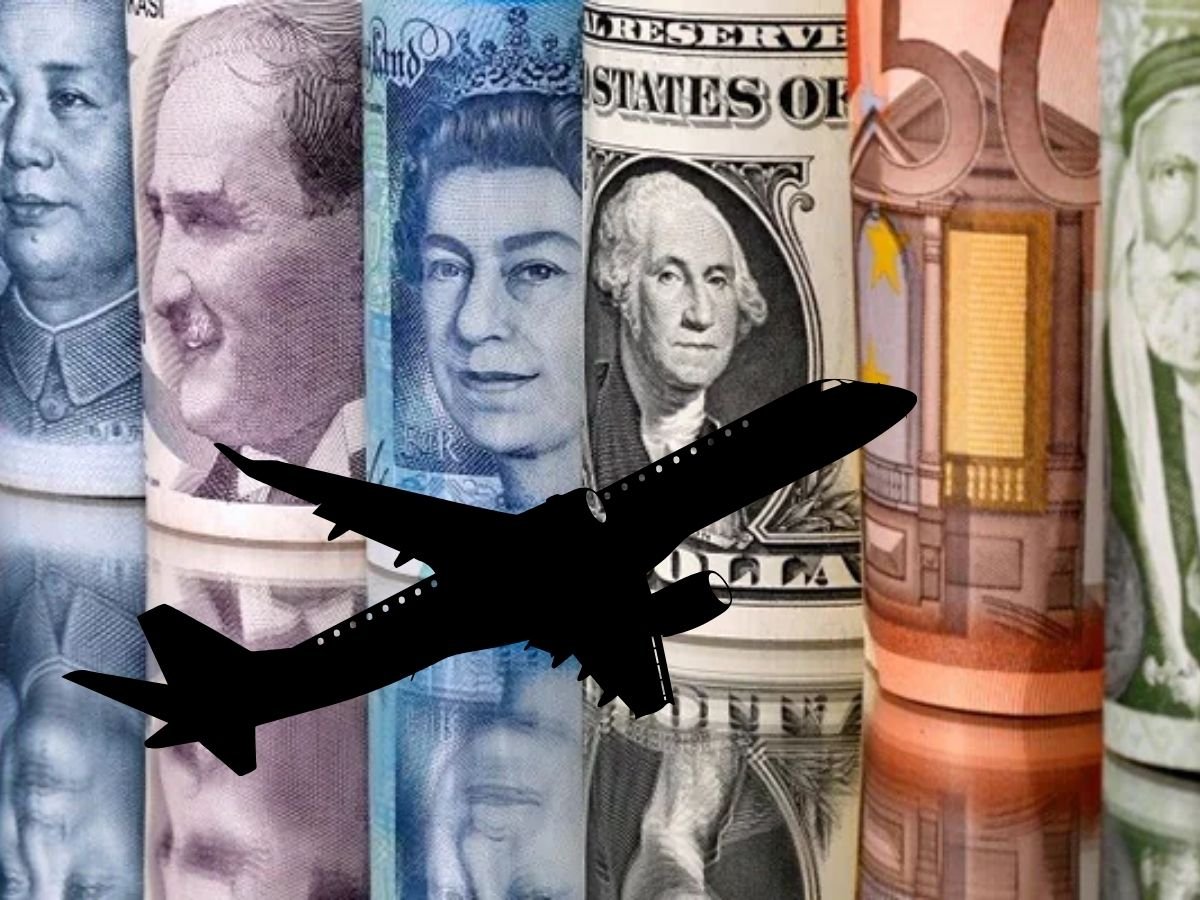Japan’s Finance Minister Satsuki Katayama issued the strongest warning yet about the yen’s rapid decline, signaling that currency intervention is a real option if volatility continues. Katayama said recent sharp and one-sided movements in the yen are cause for concern, stressing that exchange rates should move in line with economic fundamentals. He noted that Japan will take “appropriate action” as needed to prevent excessive volatility, in line with the U.S.-Japan agreement signed in September, which allows intervention only to counter disorderly market movements.
When asked directly whether Japan could step into the market, Katayama confirmed that intervention is included as an option in the agreement. Following his remarks, the dollar slipped 0.14% to 157.26 yen in Asian trading, reflecting growing market caution.
The yen’s persistent weakness has become a major challenge for Japanese policymakers, as it raises import costs and increases pressure on households already dealing with higher living expenses. Despite rising Japanese government bond yields, the currency has fallen roughly 6% since Prime Minister Sanae Takaichi took office, partly due to market concerns over the significant borrowing required for her stimulus plans.
Japan last intervened in July 2024, after the yen fell to a nearly four-decade low of around 161.96 per dollar. Before acting then, authorities issued strong warnings that they were prepared for “decisive action.” Analysts believe the government may follow a similar approach this time.
Akira Moroga of Aozora Bank said intervention may occur if the dollar climbs closer to 160 yen, noting that officials appear ready to move quickly if necessary. Hirofumi Suzuki of SMBC echoed this view, saying monetary authorities are unlikely to hesitate if volatility becomes excessive.
As market pressure builds, traders are increasingly watching the 160-yen level as the next critical test and a potential trigger for Japan to take direct action.







